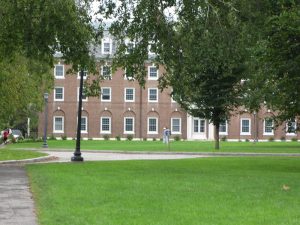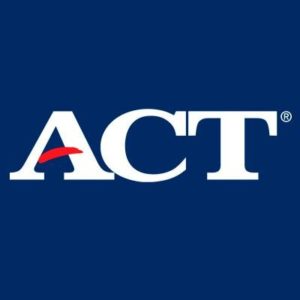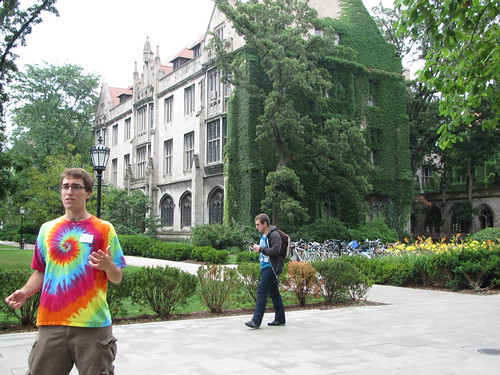There’s a great quote which states (paraphrased): “If you think you are, you are.” Research on test-taking confirms this statement. If you are nervous about your test performance (read, telling yourself “I’m not going to do well”), then it actually impairs your test performance. To ease their anxiety, students can follow these tips:
1. . . . teaching yourself in advance to think differently about the test, Dr. Driscoll says. Envision yourself in a situation you find challenging and invigorating; a soccer player might imagine scoring a goal, or a mountain climber might envision herself topping a ridge, he says. Then switch your mental image to the testing room and imagine yourself feeling the same way. With practice, you’ll be able to summon up more confidence on test day.
2. . . . reducing “novelty and stress on the day of the exam” can prevent choking under pressure, says Sian Beilock, a researcher and author on cognitive performance. If you are taking the exam in an unfamiliar place, visit the room in advance.
3. . . . setting aside 10 minutes beforehand to write down your worries, says Dr. Beilock, an associate professor of psychology at the University of Chicago. She and a fellow researcher tested 106 ninth-graders for anxiety before their first high-pressure exam, then asked half of them to spend 10 minutes writing down their thoughts right before the test. The anxious kids who did the writing exercise performed as well on the test as the students who had been calm all along. But anxious students who didn’t do the writing performed more poorly. Expressing one’s worries in writing, Dr. Beilock says, unburdens the brain.
via Toughest Exam Question: What Is the Best Way to Study? – WSJ.com.
Two additional pre-test tips that I constantly share with my students are getting a full-night’s rest before the test. So many teens have become accustomed to staying up late, that they don’t even realize the sub-optimal performance of doing so. My own teen is a great example of that! Secondly, eating oatmeal on the morning of the test also improves your performance. Even when my children were in elementary school, I would make oatmeal each morning of the testing period for achievement tests. I read about the research on oatmeal several years ago and it still holds true.











